Fast, Reliable Results: Certified PDR Technicians’ Expertise
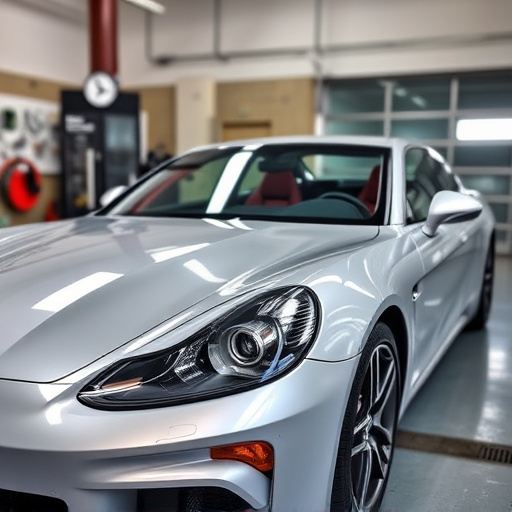
Certified PDR technicians are auto body repair experts specializing in dent and scratch removal usin…….
In the ever-evolving landscape of damage restoration and repair, certified PDR (Paintless Dent Repair) technicians are emerging as a game-changer. This specialized field, characterized by non-invasive dent removal techniques, has gained significant traction globally. The article delves into the world of these skilled professionals, exploring their role, impact, and the transformative potential they hold in various sectors. By the end, readers will grasp the importance of certified PDR technicians and their contribution to a more efficient, sustainable, and technologically advanced restoration industry.
Certified PDR technicians are experts trained in the art and science of repairing automotive dents without paint damage or other permanent alterations to the vehicle’s surface. This innovative approach offers a cost-effective alternative to traditional dent removal methods, which often involve repainting or replacement panels. The process leverages advanced tools, techniques, and knowledge to restore vehicles to their original condition, minimizing repair time and costs.
At its core, PDR involves several key components:
Assessments: Technicians commence by meticulously inspecting the dented area, identifying the extent of damage, and determining the most suitable repair method. This step is crucial for accurate estimation of time and resources required.
Dent Removal: Utilizing specialized tools such as sliders, picks, and air bag guns, technicians carefully manipulate the dented panel to release it from its original position. This process requires precision and a deep understanding of vehicle body structures.
Finishing and Restoration: Once the dent is removed, technicians employ various techniques like polishing compounds and waxes to smoothen the surface, ensuring it matches the surrounding panel in texture and color.
The concept of PDR dates back to the 1980s when early methods were developed to address minor dents and scratches on vehicles. Over time, technological advancements have refined the process, expanding its applicability across various vehicle types and damage scenarios. Today, certified PDR technicians are highly sought after for their ability to restore vehicles to near-perfect condition while significantly reducing environmental impact.
The influence of certified PDR technicians extends far beyond borders, with significant impacts observed across different regions:
| Region | Key Developments | Notable Trends |
|---|---|---|
| North America | Leading the way in PDR technology adoption, North American technicians have pioneered advanced tools and training programs. The region boasts a robust network of certified professionals serving both automotive dealers and independent repair shops. | Rapid digital transformation, with many businesses adopting online booking and digital reporting systems for increased efficiency. |
| Europe | Strict environmental regulations drive the popularity of PDR in Europe, as it minimizes the need for repainting and reduces waste. The region has seen a surge in mobile PDR services, catering to the growing demand for convenient repairs. | Growing emphasis on training and certification, with several countries mandating specific standards for PDR technicians. |
| Asia-Pacific | Rapid urbanization and a burgeoning middle class have fueled the demand for affordable vehicle repairs in this region. PDR is gaining traction as an eco-friendly alternative to traditional repair methods. | Increasing investment in PDR training centers and the emergence of regional PDR networks facilitating knowledge sharing. |
| Latin America | With a strong DIY culture, many countries in Latin America are witnessing the rise of mobile PDR services, empowering individuals to perform basic repairs themselves. | Rising awareness of environmental sustainability, leading to increased adoption of PDR as a responsible repair option. |
These global trends highlight the universal appeal of certified PDR technicians and their ability to cater to diverse market needs while promoting sustainability and efficiency.
The economic implications of certified PDR technicians are multifaceted, impacting various sectors:
Automotive Industry: By reducing repair times and costs, PDR allows dealerships and repair shops to service more vehicles, potentially increasing revenue. Moreover, the reduced need for repainting minimizes material and labor expenses, leading to significant cost savings.
Insurance Sector: Insurers are increasingly recognizing the benefits of PDR, offering discounts to policyholders who opt for this method. This shift can lead to lower claims costs and improved customer satisfaction.
Environmental Impact: The environmental advantages of PDR are substantial. By avoiding repainting, which consumes significant amounts of energy and resources, this technique reduces carbon emissions and waste generation. A single PDR repair can save up to 15 gallons of paint, a substantial contribution to sustainability efforts.
Job Market: The growing demand for certified PDR technicians creates new job opportunities, particularly in mobile repair services. This trend empowers individuals with specialized skills, offering flexible career paths.
Technological innovations have been pivotal in the evolution of certified PDR technicians, enhancing their capabilities and expanding application areas:
Advanced Tools: Modern PDR tools are designed with precision in mind, featuring improved air pressure controls, micro-tools for intricate dents, and digital sensors for accurate measurements. These tools enable technicians to handle complex damage cases with unprecedented finesse.
Digital Imaging and Modeling: High-resolution cameras and 3D modeling software allow technicians to capture detailed images of dents and create digital replicas of vehicle surfaces. This technology facilitates remote assessments, reduces human error, and enables precise repairs.
Automated Systems: Emerging automated PDR systems utilize robotic arms for dent removal, offering increased speed and consistency. While still in development, these systems promise to revolutionize the industry further, potentially reducing labor costs and expanding accessibility.
Online Platforms and Mobile Services: Digital platforms connect customers with certified PDR technicians, streamlining booking processes. Mobile repair services bring the expertise directly to clients’ locations, providing convenience and flexibility.
The significance of policy and regulatory frameworks in governing certified PDR technicians cannot be overstated. These measures ensure quality, safety, and environmental standards across the industry:
Training and Certification: Many countries mandate specific training and certification programs for PDR technicians to guarantee their competence. Organizations like the International Association of Automotive Technicians (IAAT) offer accredited courses, ensuring professionals meet consistent standards.
Environmental Regulations: Strict environmental laws in several regions encourage the adoption of eco-friendly practices. PDR aligns with these regulations by minimizing paint waste and energy consumption associated with traditional repairs.
Consumer Protection: Policies protecting consumers from fraudulent practices and ensuring transparent pricing are essential. Certification programs help establish trust between customers and technicians, fostering a positive reputation for the industry.
Insurance Guidelines: Insurance companies often provide guidelines on acceptable repair methods, including PDR. These policies influence customer preferences and shape the role of certified technicians in the claims process.
Despite its numerous advantages, the field of certified PDR technicians faces certain challenges and criticisms that require addressing:
Limited Awareness: One of the primary hurdles is low public awareness about PDR and its benefits. Many individuals still perceive traditional methods as the only viable option, hindering demand for PDR services.
Training and Skilled Workforce: Ensuring a continuous supply of trained technicians is crucial. The industry must invest in comprehensive training programs to address skill gaps and keep up with technological advancements.
Insurance Coverage: While some insurers offer discounts, not all policies cover PDR. Limited insurance acceptance can deter customers from choosing this repair method. Expanding insurance coverage for PDR will be vital for its widespread adoption.
Competition from DIY Repair: The growing trend of DIY repairs, driven by online tutorials and a desire for independence, poses competition to professional technicians. Addressing this through education and promoting the benefits of professional PDR can help mitigate this challenge.
In Germany, a pioneering initiative by the European Auto Body Association (EABA) introduced a comprehensive PDR program focused on sustainability. The campaign targeted both automotive manufacturers and repair shops, offering incentives for adopting eco-friendly practices. As a result, over 50% of vehicle repairs in urban areas now utilize PDR, leading to reduced emissions and significant cost savings for customers.
The US-based company, Mobile Paintless Dent Repair (MPDR), has disrupted the industry with its mobile service model. MPDR technicians travel to clients’ locations, offering convenient PDR solutions. This approach has been particularly successful in dense urban areas, where access to repair facilities is limited. The company’s customer-centric approach and innovative marketing strategies have contributed to its rapid growth, challenging traditional repair shop models.
In Brazil, a non-profit organization called “Repara Brasil” has launched community-based PDR programs targeting low-income neighborhoods. The initiative provides training and employment opportunities for local youth while offering affordable vehicle repairs to community members. This model not only promotes environmental sustainability but also fosters social inclusion and economic development.
The future of certified PDR technicians is filled with promising possibilities, driven by emerging trends and technological innovations:
Expanding Global Reach: As awareness grows, PDR is expected to gain traction in new markets, particularly in regions with stringent environmental regulations. The developing world presents significant opportunities for mobile repair services and training programs.
Integration of AI and Robotics: Artificial Intelligence (AI) and robotics will play a pivotal role in enhancing PDR capabilities. AI-driven systems can analyze damage patterns, predict repair outcomes, and optimize technician assignments. Robotic arms equipped with advanced sensors could revolutionize dent removal processes, increasing efficiency and reducing human error.
Sustainable Materials and Practices: The industry is likely to embrace sustainable materials and practices further, aligning with global efforts to combat climate change. Biodegradable paints and eco-friendly cleaning agents may become commonplace, minimizing environmental impact.
Digital Transformation in Repair Shops: Traditional repair shops are expected to adopt digital technologies, including online booking systems, augmented reality (AR) for damage assessments, and virtual training modules. These advancements will streamline operations and improve customer experiences.
Certified PDR technicians stand as a testament to human ingenuity and our relentless pursuit of innovation in the face of challenges. From its humble beginnings, PDR has evolved into a powerful force reshaping the damage restoration industry worldwide. As technology advances and environmental consciousness deepens, the role of these skilled professionals will only grow in significance.
By embracing new technologies, adhering to robust policies, and fostering continuous training, the certified PDR community can continue to deliver exceptional service while meeting the evolving needs of a globalized world. The future holds immense potential for this dynamic field, promising not just business growth but also positive environmental and social impacts.

Certified PDR technicians are auto body repair experts specializing in dent and scratch removal usin…….
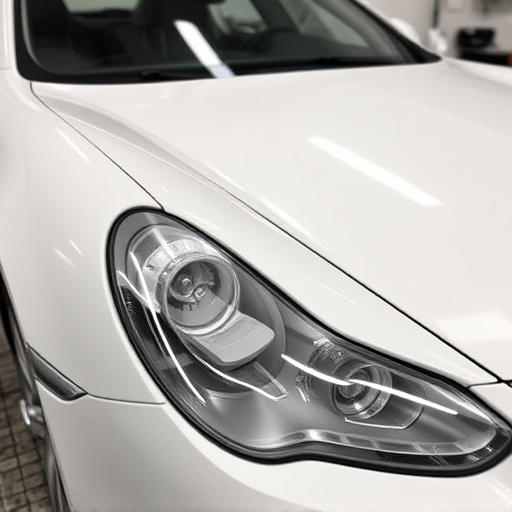
Certified PDR technicians undergo rigorous training in advanced auto body repair methods, using stat…….
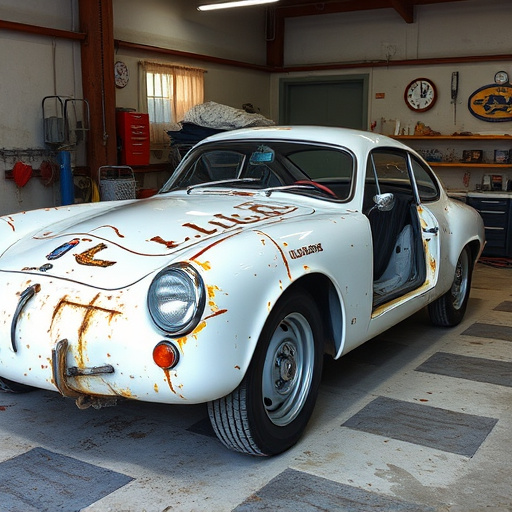
Certified PDR technicians are specialized auto body repair experts who undergo rigorous training to…….

Certified PDR technicians employ a specialized toolkit including darts, pulling tools, vacuum device…….
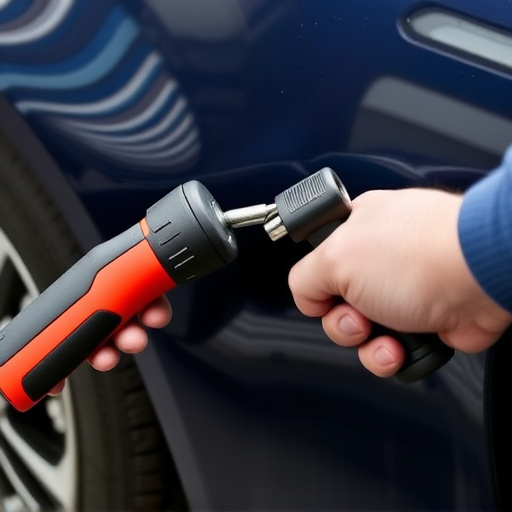
Find top-rated certified PDR technicians nearby through online reviews, ensuring skilled and reliabl…….
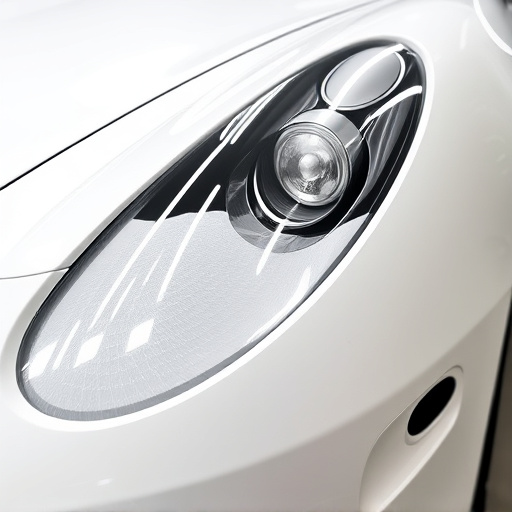
Certified PDR technicians master scratch repair and restyling, offering top-tier collision repairs f…….
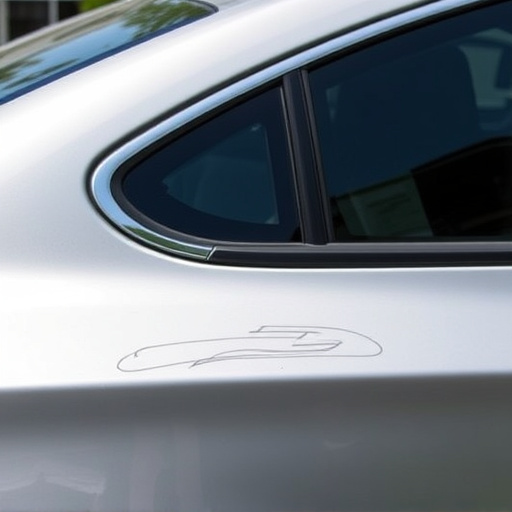
The automotive industry is experiencing a trend towards specialized auto body services, particularly…….
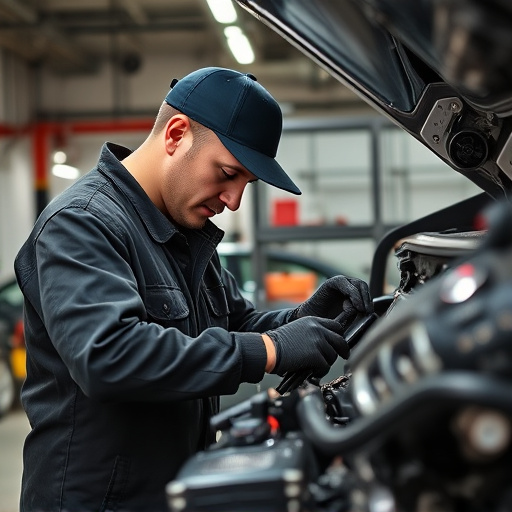
Paintless Dent Repair (PDR) is a cost-effective method performed by certified PDR technicians to rem…….
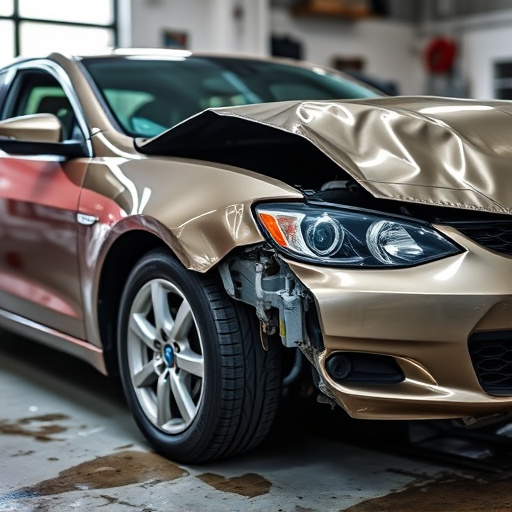
Certified PDR technicians are skilled automotive experts in plastic dent removal, restoring bodywork…….
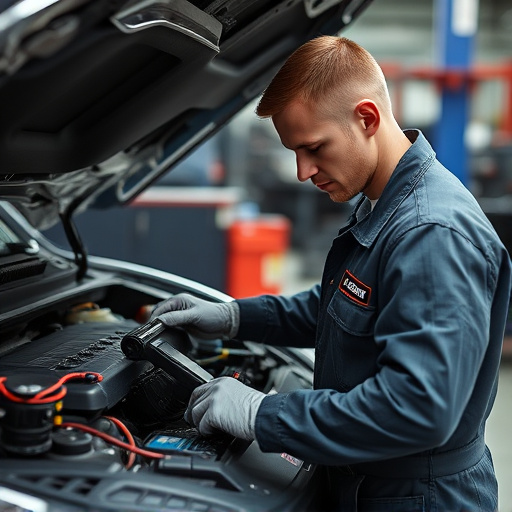
Certified PDR technicians revolutionize vehicle restoration, especially for high-end brands like Mer…….